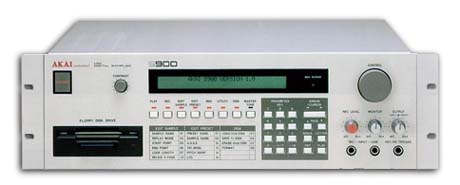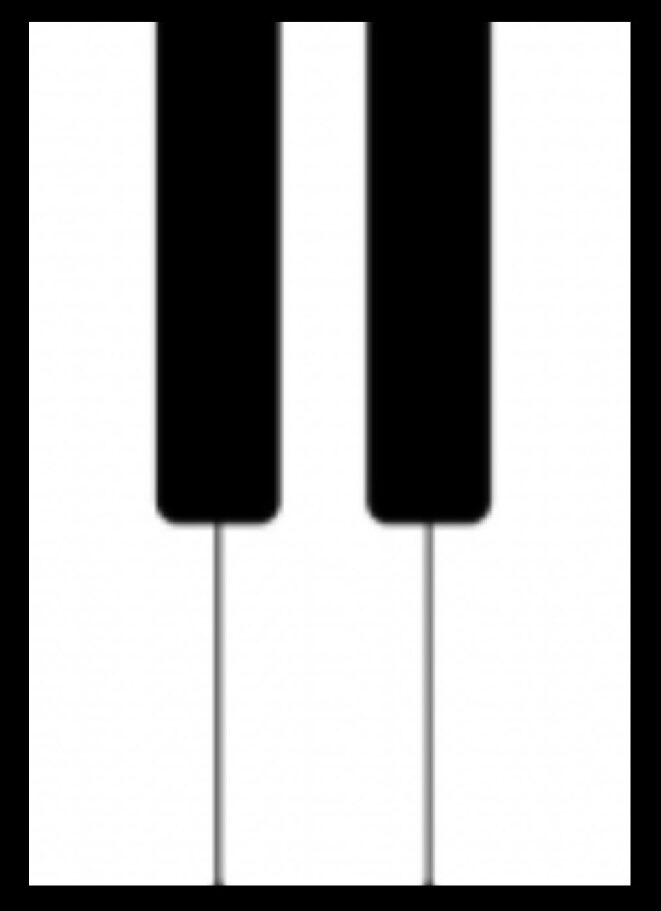
This is the tale of an unexpected visitor, my Akai S900 sampler (see post) – and two floppy disks. It happened in 1994 during my days living in Gospel Oak, a part of North London just bordering on Hampstead Heath. Britpop hadn’t really arrived yet and it was about two years before the world got to know Oasis and The Spice Girls. Anyway, the guy I was sharing with had his own recording studio on the top floor. It had state of the art ProTools audio mastering facilities so occasionally bands, mainly dance music acts but occasionally name bands, would turn up (see my Buzzcocks post)
I also had some ‘kit’ (the term for audio and studio equipment), but my audio software couldn’t match that of my flatmate. Yet I DID own an Akai S-900 sampler. The Akai had a certain credibility because one could use 8-bit crunched up early digital sounds (think the early Super Mario Bros gaming soundtracks). This could easily be switched to 16-bit for a sleeker and more accurate digital sound. It was simple to use and also looked very very cool. The slightly younger musicians certainly wanted a piece of it.
So the Akai S-900 was cool, but my unique selling point turned out to be my sample library, a set of real recorded (not synthesised) sounds that could be loaded into the sampler. The analog equivalent of the early samplers would be the Mellotron consisting of many strips of tape of musicians actually playing. It was famously used by The Beatles and George Martin in Abbey Road studios, also in North London and fairly near Gospel Oak. You can hear the Mellotron in the famous haunting intro to The Beatles’ Strawberry Fields Forever. Paul McCartney (or George Martin?) are effectively playing ten flautists simultaneously. It is not synthetic and neither were the early samplers, except that they were digital and not analog.

Anyway I had studiously assembled my sample library and was very proud of it. I had several orchestras, horn sections, drum kits, bass sounds etc etc. Yet each floppy disk would only contain several samples, maybe only four or five sounds because each disk could only store about 5Mb – inconceivable now in the age of terabytes. To put it into context, a simple piece of music software now contains hundreds of thousands of samples (not four or five). Yes, music technology really HAS moved along that quickly. In magazines like Loot, musicians would exchange disks, copy them and then use them on their recordings. Like jazz scores, there was common agreement that money shouldn’t exchange hands as this was creative and consensual sharing. There were exceptions, but this was the accepted wisdom.
So back to the anecdote. One day, a very thin, very pale, long-haired twenty something knocks on the door and ambles up to my room hardly making any eye contact with me. He appeared to be dead set on a serious mission – and as far as I was concerned, it was a sound mission (excuse the pun) for authentic orchestral samples according to his reply to me via Loot. I ask him if wants a drink (although a very large Big Mac and fries would probably have done him more good). He doesn’t want a drink. He then proceeds to approach my Akai S-900 and starts to flick reverently through my floppy disks as if they were the lost holy grail of audio. I ask him:
‘So you’re a musician then? Keeping the wolf from the door?
‘I need strings. You got anything like that?’
Well at least there were two sentences there, albeit short ones.
‘Are you a musician?’ I ask.
He replies: ‘Well actually I’m in a band.’ And I reply: ‘Cool, done any local gigs?’
‘A few’, he mutters, still staring down at his shoes. But I did notice him glimpsing furtively at the two floppies marked ‘Orchestral Stabs’ and ‘String Sections’. I was amused.
‘So what’s the name of your band?’ I ask.
‘Sueeaaaaayyyyyyyyyde’ he says, staring at me, possibly stoned out of his gourd, who can tell? The word lasted a long time. Then he looked at me as if I’d arrived from outer-space and I was his first human encounter. Now I was not so much puzzled as impressed, or a combination thereof. If I’m honest, my heart had stopped for a split second… Suede were a very big and very influential band at the time; many (including me) say a major influence on the likes of Blur, Pulp; Britpop in general. In fact Suede had already enjoyed mainstream success, critical acclaim in fact – and they were on to their second album. Of course I didn’t let on I knew much about them. Plus there was also the fact that I felt just a little bit sorry for this bedraggled urban waistrel. So I thought for a moment:
‘Oh yeh, I think I’ve heard of them.’ I said.
No response. I looked at him again, and realised that the tables had been turned. Now it was I who regarded him as the alien. He looked vaguely surprised that I hadn’t reacted to him with more reverence, but it was barely a flicker. This man was clearly on a mission. His eyes were deadset on his second album, and he clearly wanted to throw a few orchestras into the mix.
I now saw him for who he was – and I was puzzled no more. Bernard Butler was a bedraggled guitar wielding young rockstar – the real deal, yet seemingly unhappy and tortured-looking. I may have been wrong but that was certainly my impression.
I looked back at him and said goodbye. Again, zero eye contact. Finally, without much more ado, he shuffled back downstairs armed with his two floppies: ‘Orchestral Stabs’ and ‘String Section’ and stumbled past the door. Looking back I do believe that he’d forgotten to close it.
Such was the pre-Britpop scene, Gospel Oak/Belsize Park, North London, 1994.
